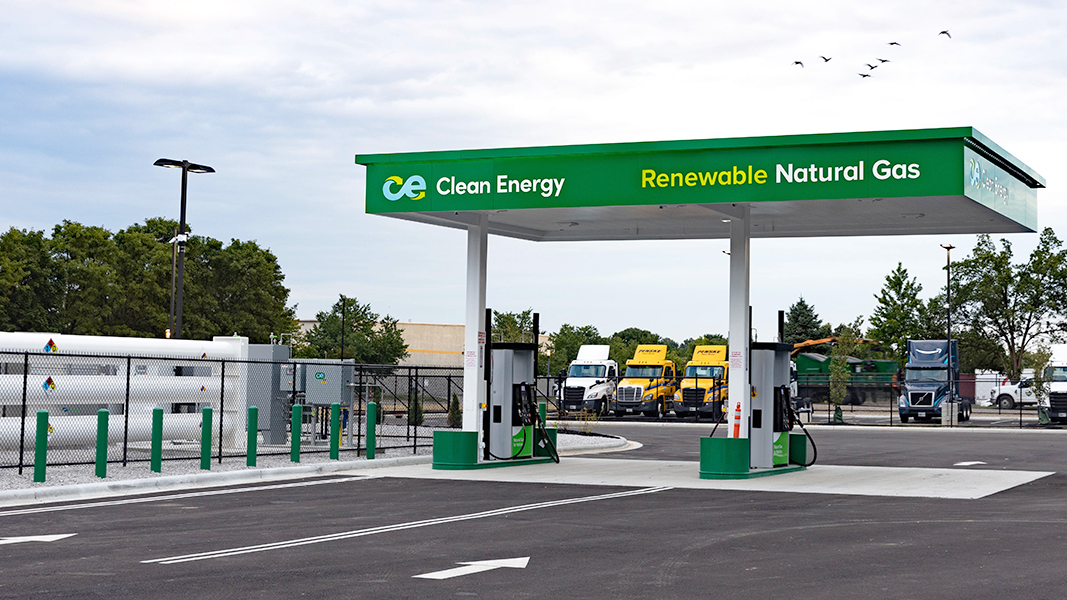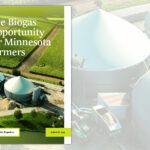Top: The final RFS rule update increased the volumes of renewable natural gas for 2023 to 2025. Photo courtesy of Clean Energy Fuels Corp.
The U.S. Environmental Protection Agency (EPA) issued a final rule under the Renewable Fuel Standard (RFS) program that establishes the biofuel volume requirements for 2023 to 2025. EPA noted in its announcement on June 21 that “the final rule strengthens U.S. energy security by reducing reliance on foreign sources of oil by roughly 130,000 to 140,000 barrels of oil per day over the time frame of the final rule, 2023–2025.”
The Renewable Volume Obligations (RVOs) set the quantity of renewable fuel required by federal law to be blended into the nation’s gas supply. The cellulosic biofuel category (D3), which includes renewable natural gas (RNG) made from anaerobic digester-generated biogas, has RVO targets mandating 840 million gallons of cellulosic biofuel volumes for 2023 (210 million gallons more (+) compared to 2022), 1.09 billion gallons for 2024 (+250 million gallons) and 1.38 billion gallons for 2025 (+290 million gallons). EPA has factored a 25% growth rate for RNG each year under the cellulosic category. “We believe the RVO for D3 RNG much more closely aligns with what we’re seeing in the industry and reduces the risk of oversupply, which should help stabilize RIN values over the next two and a half years,” stated Patrick Serfass, executive director of the American Biogas Council when the rule was released.
The final rule also includes RIN apportionment between D3 and D5 RINs. Historically, digesters processing food waste and producing RNG were automatically assigned to the D5 RIN category, which has a lower value than D3 RINs generated from AD facilities digesting only manure or biosolids. Now, a facility that accepts food waste along with manure or biosolids can be eligible for D3 RINs, using the apportionment in the final rule.
Unfortunately, the existing eRIN pathway in the RFS was not activated in the final rule. The eRIN pathway enables AD facilities generating electricity eligible for RINs when the power is used for electric vehicles. Noted EPA in the rule, “In light of the significant number of comments provided by stakeholders on EPA’s proposed eRIN approach, and the complexity of many of the topics raised in those comments, and the consent decree deadline on other portions of the rule, we are not finalizing the proposed revisions to the eRIN program at this time. We have adjusted the final volume requirements for this rulemaking to reflect this decision.”










